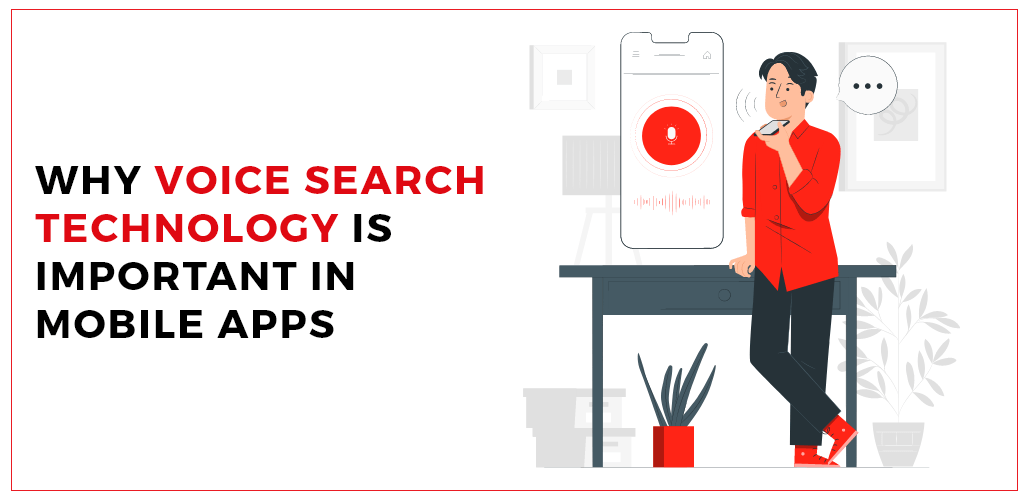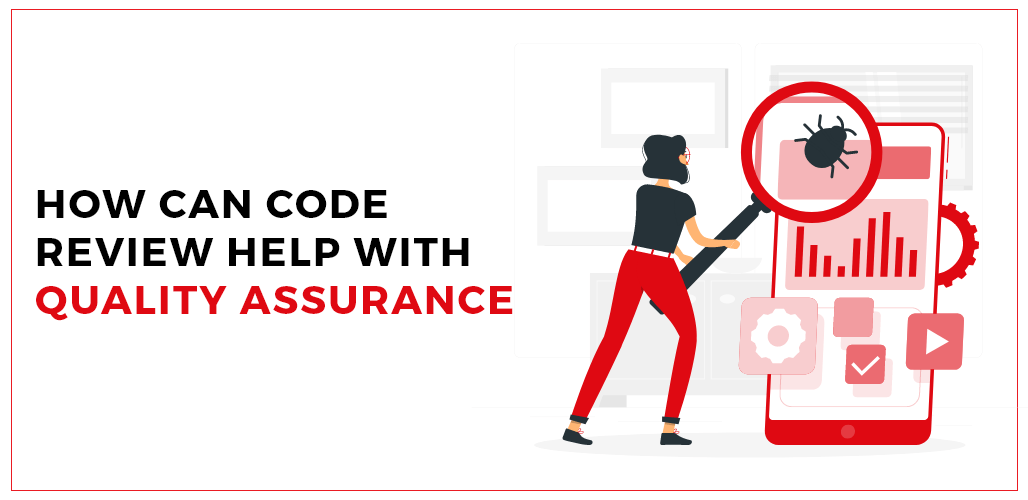However, as exciting as easy it may seem to receive likes, messages, and comments of potential customers asking about your product with just posting on social media – it is in fact not that simple or easy.
The social media platform has become a powerhouse for brands of all scales and kinds promoting their products and services, generating decent revenue. With nearly 97% of marketers using social media and 78% of salespeople outselling their peers – social media is no small fish. Consider the 2020 statistics for more insight.
In order to increase your brand awareness, followers, engagement, traffic, and ultimately driving sales requires a proper social media marketing strategy, where you make knowledgeable decisions and posts mindfully.
Without having set targets, goals, and knowledge about your target audience – you are aiming in the air and hoping it to land where you want it to. It doesn’t work that way with social media!
How to go about creating your social media strategy?
First thing’s first, before you start diving into your content marketing strategy, you need to understand that not every platform is the same or used by the same audience. Yes, majority have accounts on every platform, but they still gravitate towards one more than the others.
So, keep in mind that you may have to devise separate strategies for each platform; be it Facebook, Pinterest, Twitter, Instagram, Snapchat, and others.
Your social media marketing strategy usually revolves around the following:
- What objectives do you want to achieve by being on social media?
- Who is your target audience?
- Analyze your competition
- What content are you going to create?
- Where are you going to share your content?
- Create a timeline determining when will you post
- Track your results and refine your strategy accordingly
Social Media Marketing Strategy: The Right Way to Do It
1) Determine your business’s objectives
This is where the entire marketing team sits down to decide what are the goals that they would like to achieve through social media for their brand/business. Is it to drive traffic to your website only? Or there is more. If so, then what?
In general, these are the following social media goals every business strives for:
- Increase brand awareness and recognition
- Drive traffic to your website
- Generate revenue and sales
- Boost engagement on every platform
- Build a community
- Nurture current leads and generate new ones
- Provide instant customer service
- Monitor conversations about your brand on social media
Depending on the size of your marketing team and the main core goals, you can have multiple targets set. For instance, you can have your team just focusing on increasing brand awareness and recognition whilst building an audience to drive traffic to the main website. Either way, it is necessary, to know the objects that you have to achieve. Otherwise, you will be posting for the sake of it with no results coming in.
2) Who is your target audience?
If you are a rookie, you would ‘assume’ your target audience and it won’t be too wrong considering you know the brand and the voice it holds.
However, without any proper research, you are missing out on ground realities in the form of actual demographic data that informs you about the audience that you need to target and approach including which networks to find them on. Now, where will you find this data? It is simple, through social media analytics tools and social media demographics that are easily available over the internet.
You can also start by building marketing personas. Yes, coming up with solid marketing personas are not that easy, but this is definitely the part that requires the most effort. Since once you have your marketing personas built accurately, you can place your entire marketing strategy surrounding that.
In case you’re wondering what ‘marketing persona’ actually is, then here:
Marketing Personas: It is a combination of a person’s or people’s character traits, their likes and dislikes, their geography, and various other information.
3) Analyze your competition
It is always a great precaution to know as much as you can about your competitor(s). There are tools that can give you the insight that you need about their numbers and overall review of their social presence and success.
This way, you will get a clear view as to which kind of social media strategies they have been using that is driving their success. Of course, this is not so you can steal their ideas but study them and what is working for them and what isn’t to draw your own campaigns better.
Just know that in the game of social media, creativity is required, and when you have that, you can choose a completely different strategy and idea and set yourself apart from your competitor.
How to find your competitors, manually?
Google is where you need to be. First, identify your main keywords and phrases. Then search through them on Google and see which brands show up.
Of course, excluding the main giants in your industry, pay attention to the others that are displaying on your search results – paid ads and organic. Once you have the names, you need to check their social media presence and identify which one has a strong game.
Next, you can make use of social media competitive analysis tools to compare them against your own performance to identify your weak areas.
4) What content are you going to share?
Now, this is where you can go all out with your creativity. However, you simply cannot post anything that you “assume” will work with your audience. You need to understand that you are establishing your brand on social media that has a tone, a message, and a story to tell. For this, you need to come up with a theme that defines your brand on social media platforms.
One of the problems that content creators face is keeping up with the challenge of coming up with engaging content daily or frequently. For this, a content theme helps you stay focused. For instance, you will include photos, user-generated content, and short videos with a consistent color scheme throughout.
Manually handling multiple social accounts and content can be a struggle, which is why you have social media management tools to help you schedule your posts in advance and help you organize a complete media library.
A few key pointers:
- User-generated and interactive content is a great way to engage the audience and build their interest in your brand even more.
- Asking a question or running a poll allows you to understand the preferences of your followers.
- Stories are more important than ever with a high engagement rate. With stories you can give sneak-peaks, behind-the-scenes, and give a rather personalized experience with your brand; one that isn’t too planned and is exciting to watch.
- Video content is one that you cannot miss out on as this type of content is dominating the social platforms with minute-long videos. You get the chance to gather millions of views with the right hashtags, well-executed content, and high production – that is high quality.
Whatever you choose to produce, make sure it adds value and touches sentiments of your audience.
5) Where will you share your content?
Normally when you are deciding your content strategy and theme, you plan it accordingly the platforms you will be posting it on. However, in case you have kept that for the next step- then this is where you decide the platforms.
Note that your brand doesn’t have to be on every single platform, but where the relevant audience resides and where your brand has the potential to grow. Take the example of AppVerticals, a custom web app development company that promotes its services over Twitter and generates important leads as its target audience resides largely on Twitter among other platforms.
Another thing you can do for your social media marketing, is to identify what is your brand power? Is it the impeccable photography extravaganza that you provide Instagrammers with, or perfectly executed videos, or perhaps well-written blog content?
Once you are aware of which kind of content you are best at, you can then target the platform that has the highest engagement with that content. Meaning, if you are great at photos, you may consider posting them on Instagram or even Pinterest. Believe it or not, for an eCommerce store, there are plenty of growth chances on Pinterest. It’s all how you approach it.
6) A timeline is crucial
WHEN to post your content is extremely important. Ideally, you want to post when the engagement is the highest or your audience has proven to interact with your brand more during certain times.
When you are dealing with organic reach, then timelines become even more time-sensitive. Because you do not want to miss out on the people that do engage with your content. However, once you do post on the user-preferred time, make sure your team is there to cater to their questions and concerns.
This brings us to another important point – Responding to customer queries immediately.
In order to increase engagement and maintain a level of interest in your brand, you are required to immediately respond to customers and engage them in meaningful conversation – potential leading to conversion.
A brand that is present, interacts, respond back, and values its customers/followers is bound to receive recognition and appreciation. To stay on top of your responding game, you have various social media monitoring tools at your disposal. With such tools, you also get to gauge the peak engagement times and adjust your timelines accordingly.
7) Track results, analyze, and improve
Stagnant is one word that doesn’t mesh well with social media. This platform in specific is ever-changing and coming up with new exciting ways for brands to promote themselves. This is why sticking to the same old strategy for a long period of time won’t do you or the brand any good.
It is best to keep a watchful eye on the results through analytical tools and analyze what is working and what isn’t for you. Which kind of content is performing the best and what is consistently doing poor – having this knowledge will allow you to adjust your social media marketing strategy and refine it further for success.
So keep on monitoring the real-time metrics behind your campaigns and make the necessary changes in the next one with the data you analyzed.
So, is your social media marketing strategy planned or you need any help?
Hopefully, this content was helpful to you and we at AppVerticals can help you even further by devising a winning social marketing strategy for you. Our digital marketing experts are more than ready to take on your brand and produce results you desire –with maximized brand visibility, user engagement, relevant content strategy, and conversions.







